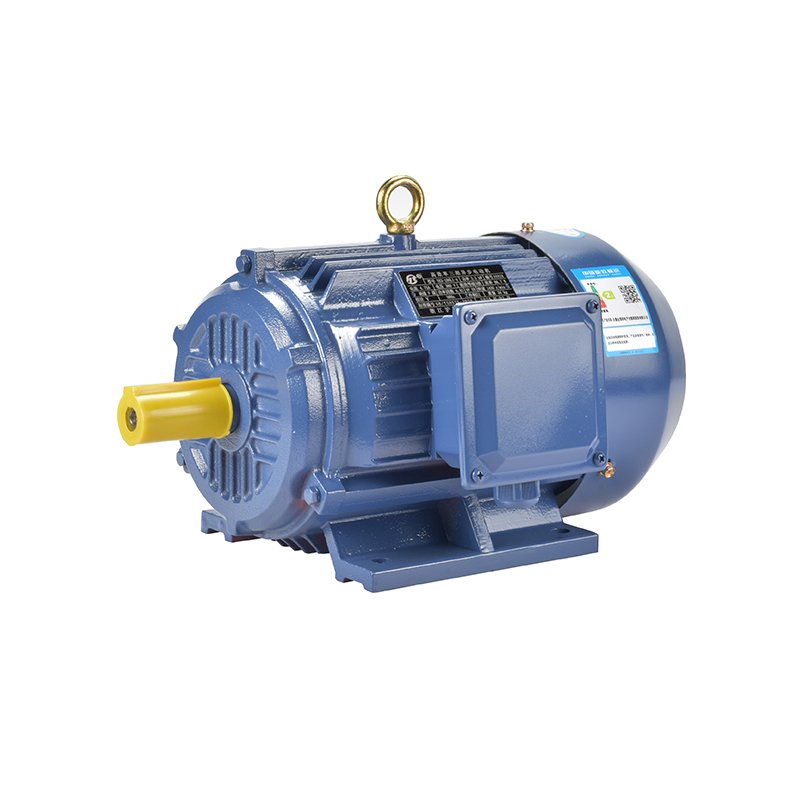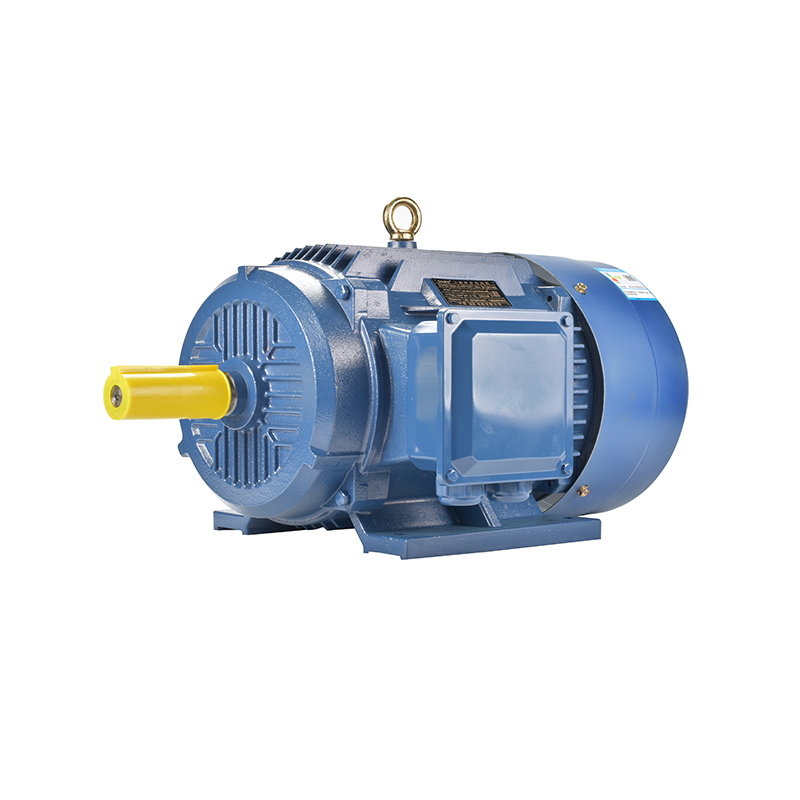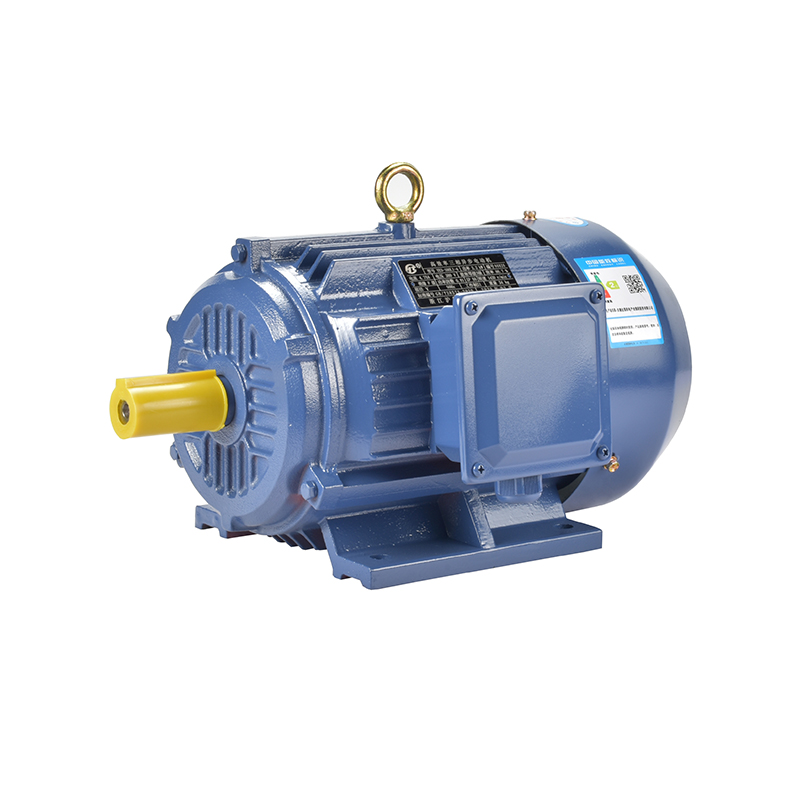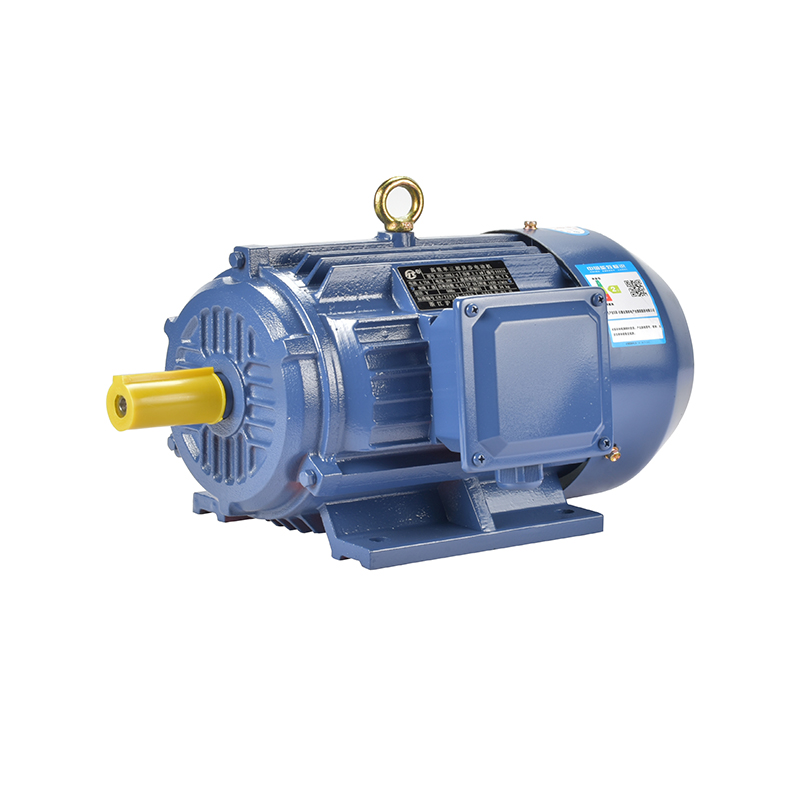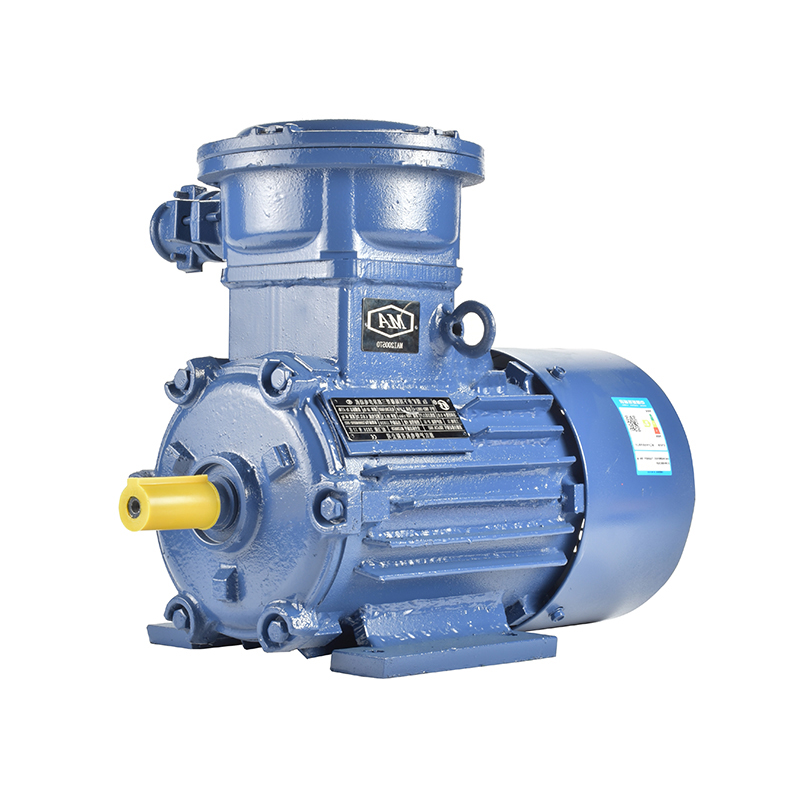Analysis of the causes of damage to AC servo motors
Three-phase AC servo motor is widely used, but through the long-term operation, a variety of faults will occur, timely judgment of the cause of the failure, the corresponding treatment, is to prevent the expansion of the fault, to ensure the normal operation of the equipment is an important work.

First, the motor can not rotate after the power is turned on, but there is no abnormal noise, no odor and smoke.
1, the cause of the failure ① power supply is not through (at least two phases are not through); ② fuse blown (at least two phases of the fuse); ③ overcurrent relay is set too small; ④ control equipment wiring errors.
2. Troubleshooting ① check the power circuit switch, fuse, junction box, whether there is a broken point, repair; ② check the fuse type, the reason for the fuse, change the new fuse; ③ adjust the setting value of the relay with the motor; ④ correct the wiring.
Second, the single phase ki motor does not rotate after power on the buzzing sound
1, the cause of the failure ① rotor windings have a broken circuit (a phase of broken wire) or a phase of the power supply loss of power; ② the beginning and end of the winding lead line connected to the wrong winding or winding internal connection reversal; ③ power circuit contacts loose, contact resistance; ④ motor load or rotor jam; ⑤ power supply voltage is too low; ⑥ small motor assembly is too tight or bearing grease is too hard; ⑦ bearing jammed.
2. Troubleshooting ① identify the breakpoints to be repaired; ② check the polarity of the winding; determine whether the winding end is correct; ③ tighten the loose wiring screws, using a multimeter to determine whether the joints are false, to be repaired; ④ load shedding or to find out and eliminate the mechanical problems, ⑤ check whether the surface of the provisions of the connection is connected incorrectly; whether the power supply wire is too thin to make the voltage drop is too large, to be corrected; ⑥ reassembly to make the flexible; replacement of qualified grease; ⑦ repair bearings.
Repair the bearings.
Third, the motor starting difficulties, rated load, the motor speed is lower than the rated speed of more
1. Fault causes ① power supply voltage is too low; ② face connection method motor misconnection; ③ rotor weld or fracture; ④ rotor local coil misconnection, connection reversal; ③ repair the motor winding to increase the number of turns too much; ⑤ motor overload.
2. Troubleshooting ① measure the power supply voltage, try to improve; ② correct the connection; ③ check the weld and break and repair; ④ find out where the misconnection, to be corrected; ⑤ restore the correct number of turns; ⑥ load shedding.
Fourth, the motor no-load current imbalance, three-phase phase difference is large
1, the cause of the fault ① wrong winding end; ② power supply voltage imbalance; ③ winding there is a short circuit between turns, coil reversal and other faults.
2. Troubleshooting ① check and correct; ② measure the supply voltage, try to eliminate the imbalance; ③ eliminate the winding fault.
Fifth, the motor running sound is not normal, there is a strange sound
Failure causes ① bearing wear or oil sand and other foreign objects; ② rotor core loose; ③ bearing oil; ④ power supply voltage is too high or unbalanced.
Troubleshooting ① replace the bearings or cleaning bearings; ② overhaul the rotor core; ③ refueling; ④ check and adjust the power supply voltage.
Sixth, running motor vibration
Failure causes ① due to wear bearing clearance is too large; ② air gap is not uniform; ③ rotor imbalance; ④ shaft bending; ⑤ coupling (pulley) coaxial too low.
Troubleshooting ① overhaul the bearings, if necessary, replacement; ② adjust the air gap, so that it is uniform; ③ correct the rotor dynamic balance; ④ straighten the rotor shaft; ⑤ recalibration, so that it meets the requirements.
Seven, bearing overheating
1, the cause of the failure ① too much or too little grease; ② bad oil contains impurities; ③ bearings and journal or end cap with improper (too loose or too tight); ④ bearing bore eccentric, and shaft friction; ⑤ motor end cap or bearing cover is not mounted flat; ⑥ motor and the load between the coupling is not calibrated, or the belt is too tight; ⑦ bearing clearance is too large or too small; ⑧ motor shaft bending.
2. Troubleshooting ① add grease according to regulations (volume of 1/3-2/3); ② replace the clean lubricating grease; ③ too loose available binder repair, too tight should be the car, grinding journal or end cap bore, so that it is suitable for; ④ repair bearing cover, to eliminate the rubbing point; ⑤ reassembly; ⑥ re-calibrated, adjust the belt tension; ⑦ replacement of new bearings; ⑧ correction of the motor shaft or replacement of the rotor.
Eight, motor overheating and even smoke
Failure causes ① power supply voltage is too high; ② power supply voltage is too low, the motor is running with the rated load, the current is too large Ambassador winding heat; ③ repair and dismantling
-
Feedback



 English
English русский
русский Español
Español عربى
عربى

